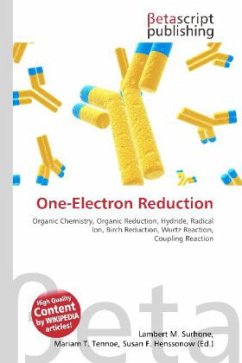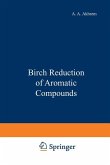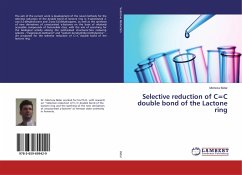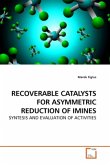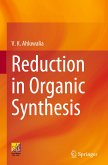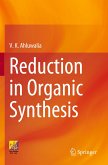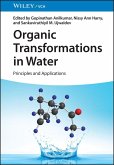Please note that the content of this book primarily consists of articles available from Wikipedia or other free sources online. A one-electron reduction in organic chemistry involves the transfer of an electron from a metal to an organic substrate. It serves to differentiate between true organic reductions and other reductions such as hydride transfer reactions that actually involve two-electron species. The first intermediate in a one-electron reduction is often a radical anion which then engages in secondary reactions. In the Birch reduction the secondary reaction is proton abstraction from an alcohol. This reaction type is also called a dissolving metal reduction. Alkyne reduction to an alkene in the liquid ammonia / sodium system follows the same theme. The first radical anion intermediate abstracts a proton from ammonia to the free radical. A second one-electron transfer leads to the anion which also abstracts a proton to the neutral alkene.
Bitte wählen Sie Ihr Anliegen aus.
Rechnungen
Retourenschein anfordern
Bestellstatus
Storno

